Solar Tracking System: Its Working, Types, Pros, and Cons
Curious to know about solar tracker? Click here for a detailed information on solar tracking system, its working, difference between the various types & benefits. The post Solar Tracking System: Its Working, Types, Pros, and Cons appeared first on Rooftop Solar for your home and more - Blog | SolarSquare.
A solar tracking system is a mechanical device that positions solar panels in such a way that they remain perpendicular to the sun throughout the day. Simply put, a solar tracker for solar panels tracks the sun’s movement throughout the day, maximizing energy capture and significantly improving the power generation efficiency of solar systems.
This comprehensive guide explores everything you need to know about solar panel tracking systems, their types, working principles, and whether they’re worth the investment for your energy needs.
TL;DR Summary Box: Are Solar Panel Tracking Systems Worth It?
Although a solar tracking system can significantly enhance the power generation capacity of an off-grid or on-grid solar system, it may not be a suitable addition for all project sizes.
A solar tracking device is most beneficial when installing commercial rooftop systems.
Let’s explore the key details about a solar tracking system, which you’ll learn in greater detail throughout this blog:
Aspect Details Definition A solar sun tracker automatically adjusts solar panels to follow the sun’s path throughout the day Energy boost Increases energy production by 25-60% compared to fixed solar PV installations* Components Uses sensors, motors, and control units to optimize panel orientation Main Types Single-axis solar tracking system: 25-30% boost*
Dual-axis solar tracking system: up to 40-60% boost configurations available*Best for Particularly valuable for commercial and utility-scale solar power plants Not suitable for Rooftop solar panel for home since power generation requirement from solar energy isn’t as high as compared to the requirements in commercial and utility-scale projects Maintenance A solar powered tracking system requires more upkeep than fixed solar panel systems due to moving parts
*Disclaimer: The sun tracking solar panel’s performance figures listed above are based on standard market estimates and can vary depending on location, weather conditions, and specific solar system configurations.arket estimates and can vary depending on location, weather conditions, and specific solar system configurations.
How Does a Solar Tracker Work?
A solar tracker operates through a sophisticated combination of sensors, control systems, and mechanical components working in harmony. The system continuously monitors the sun’s position and adjusts panel orientation to maintain optimal energy capture throughout the day.
The fundamental working principle of a solar power tracking system involves three key components:
- Light sensors: They detect solar radiation intensity and direction
- Programmable logic controller (PLC): It processes sensor data and calculates optimal panel positioning for maximum yield from solar energy.
- Motor-driven actuators: Motors physically move the solar panels so they are always perpendicular to the sun.
In combination, the three main components of a solar sun tracking device follow simple steps to maximize yield from solar systems:
- When sunlight hits the photovoltaic solar cells: Sensors measure the intensity and send signals to the control unit.
- When the control unit receives the signal: The PLC compares the current panel position with optimal orientation and generates commands to rotate the motors.
- When motors receive the command: The motors ensure solar panels remain perpendicular to sunlight for maximum efficiency.
| Did you know? Modern solar sun tracking systems incorporate weather monitoring capabilities, automatically positioning solar panels in safe modes during adverse conditions, such as high winds or storms. This intelligent response protects the equipment while maintaining operational efficiency when conditions improve. |
Calculate your savings

Forecast your savings with solar on your investment on the SolarSquare’s plant

What Types of Solar Trackers Are Available?
Single-axis solar sun trackers rotate solar PV panels along one axis, typically following the sun’s east-to-west movement throughout the day. These systems are particularly popular for utility-scale installations due to their balance of performance and cost-effectiveness.
Key characteristics of single-axis solar tracking systems:
- Rotation axis: Rotate around one axis (usually north-south aligned)
- Efficiency boost: Enhance efficiency by 25-30%* compared to fixed installations
- Maintenance: Lower maintenance requirements than dual-axis solar trackers
- Applications: Ideal for large-scale solar farms and commercial rooftop systems
- Terrain: Best suited for flat, sunny terrain with consistent weather patterns
*Disclaimer: Efficiency improvements for solar powered trackers listed above are based on standard market estimates and can vary based on geographical location, weather patterns, and installation quality.
Single-axis solar trackers come in three main configurations:
- Vertical single-axis solar tracking system: In this configuration, solar panels rotate around a vertical pole.
- Horizontal single-axis solar tracking system: In this configuration, the rotation happens around a horizontal axis.
- Inclined single-axis solar tracking system: In this configuration, the rotation occurs around an inclined axis.
Which configuration is the most common, and why? The horizontal configuration is most common for large installations as it provides excellent performance while minimizing structural complexity.
2. Dual-Axis Solar Tracking Systems
Moving to more advanced technology, dual-axis solar trackers provide the highest solar energy yield by following the sun’s movement in both daily (east-west) and seasonal (north-south) directions. These sophisticated solar tracking systems adjust panel orientation along horizontal and vertical axes, ensuring optimal positioning year-round.
Advantages of dual-axis solar tracking:
- Maximum energy: Maximum energy capture with up to 40-60%* increase over fixed PV systems
- Perfect alignment: Perfect perpendicular alignment throughout the year
- Peak performance: Optimal performance during peak demand hours
- Seasonal adaptation: Suitable for areas with significant seasonal sun angle variations
- ROI enhancement: Enhanced return on investment despite higher upfront costs
*Disclaimer: Energy increase percentages of solar power tracking systems listed above are based on standard market estimates, and actual results may vary depending on location, weather conditions, and system specifications.
However, dual-axis solar trackers require more complex control mechanisms and increased maintenance due to additional moving parts. They’re typically justified for commercial installations where maximum energy yield is paramount and space constraints require higher panel efficiency.
Single-Axis vs Dual-Axis Solar Tracking Systems
Here’s a detailed comparison to help you choose between single-axis and dual-axis solar tracking systems:
Feature Single-Axis Solar Tracking Device Dual-Axis Solar Tracking Device Energy increase 25-30% vs fixed solar panels* 40-60% vs fixed solar panels* Initial investment cost Lower (15-20% more than fixed solar systems)* Higher (20-30% more than fixed solar systems)* Maintenance Moderate complexity High complexity Moving parts Fewer components More mechanical components Installation Simpler setup Complex installation Best applications Large solar farms, commercial rooftop solar systems Commercial solar systems with space constraints Terrain requirements Flat, sunny areas Any suitable solar site Control system Basic tracking algorithms Advanced dual-axis control Payback period 5-10 years typically* Under 4 years*
*Disclaimer: All cost and performance figures of solar trackers for solar panels tabulated above are based on standard market estimates and can vary significantly based on location, system size, local conditions, and current market rates..
3. Active vs Passive Solar Tracking Technology
Solar tracking systems are also categorized based on their driving mechanism, with active and passive systems offering different operational approaches.
Active Tracking Systems
Active solar tracking systems use electrical components, including motors, sensors, and control units, to automatically follow the sun’s movement with high precision. These systems rely on power (usually from the solar installation itself) to operate their mechanical components.
Let’s check out the key features of active solar tracking systems:
- Power source: Use electric motors and sophisticated sensors
- Energy supply: Powered by electricity (often from the solar system itself)
- Control precision: Provide immense control and rapid response to changing conditions
- Scale: Suitable for large, complex installations
- Maintenance: Require regular maintenance of electrical components
Passive Tracking Systems
Passive solar tracking systems operate without electricity by using natural forces like thermal expansion of gases or fluids to move panels toward the sun. These systems are simpler but less accurate than active solar trackers.
Let’s check out the key features of passive solar tracking systems:
- Operation method: Operate using the thermal expansion of gases or fluids
- Power requirements: No electricity required for operation
- Self-balancing: Self-balancing mechanism returns panels to vertical position at night
- Maintenance: Lower maintenance requirements
- Best use: Best suited for simple, small-scale applications
- Limitations: Not suitable for concentrated photovoltaic systems
Installation and Maintenance Considerations For Solar Trackers in Indian Conditions
The Indian climate presents unique challenges, including extreme heat, heavy monsoons, and dust accumulation, that require specialized installation and maintenance approaches for solar tracking devices.
Understanding these requirements helps you plan your budget appropriately and ensure reliable operation.
Site Preparation Requirements
- Foundation work: Solar tracker installation requires more extensive site preparation compared to fixed solar systems.
- Load accommodation: The foundation must accommodate the tracking mechanism’s structural loads and movement requirements.
- Surface preparation: Proper grading prevents mechanical stress from uneven surfaces.
- Infrastructure: Electrical infrastructure for control systems and motors.
Ongoing Maintenance Requirements
- Periodic cleaning: Regular cleaning of sensors, motors, and solar panels (especially important in dusty Indian conditions).
- Performance monitoring: Monitoring of motor and actuator performance.
- Component replacement: Preventive replacement of components that malfunction with time.
What Are the Advantages of a Solar Tracking System?
Solar panel tracking systems play a crucial role in maximizing energy yield and optimizing land utilization for renewable energy projects. These systems address the fundamental limitation of fixed solar panel installations, which only achieve peak efficiency when the sun is directly overhead.
Here’s a rundown of the key advantages of solar tracking systems in modern, large-scale solar installations:
- Optimal sun exposure: Maintain consistent perpendicular alignment throughout operational hours to ensure maximum energy capture from sunrise to sunset.
- Efficiency maximization: Minimize reflection losses and maximize sunlight absorption compared to fixed solar panels that vary significantly in efficiency as the sun moves.
- Morning and evening performance: Deliver substantial energy gains during early morning and late evening hours when fixed panels operate at reduced efficiency.
- Land utilization: Generate more energy per square meter of installation area, making them valuable in regions with limited available land.
- Economic viability: Enhance the financial performance of commercial-scale solar projects.
Cost-Benefit Analysis in Different Regions
The geographic location significantly impacts the effectiveness of the solar tracking system.
When installing these trackers, keep the following factors in mind:
- When to install dual-axis solar trackers? Regions at higher latitudes benefit more from dual-axis tracking due to the greater seasonal variations in sun angle.
- When to install single-axis solar trackers? Areas closer to the equator may achieve adequate performance with single-axis systems.
What are the Limitations of Using a Solar Tracker?
Despite their advantages, solar tracking devices present several limitations that must be considered during project planning.
1. Technical and Maintenance Challenges
The mechanical complexity of solar tracking systems introduces additional maintenance requirements compared to fixed installations. Moving components, including motors, gears, sensors, and control systems, require regular inspection, lubrication, and eventual replacement to ensure optimal performance.
Key limitations include:
- Higher maintenance costs
- Increased susceptibility to weather-related damage during storms
- More complex installation requiring specialized expertise
- Need for flat terrain for optimal performance
- Additional electrical infrastructure for control systems
3. Performance Limitations in Certain Conditions
Solar tracking systems may not provide optimal benefits in all environmental conditions. Areas with frequent cloud cover, heavy pollution, or significant dust accumulation may experience reduced performance gains that don’t justify the additional investment.
3. Failure Modes and Reliability Concerns
Based on Indian conditions, common failure modes in a solar tracker for solar panels include:
- Sensor malfunction: Often due to dust accumulation or extreme temperatures
- Control system issues: Software glitches or communication failures
Weather damage: Storm damage to exposed mechanical components
So, Are Solar Trackers Worth the Additional Investment?
The solar panel price in India already ranges in tens of lakhs of rupees for commercial solar systems and utility-scale solar farms. So, with installation and maintenance factors in mind, let’s analyze whether or not a solar tracking device justifies its even higher costs.
The investment decision for solar tracking systems depends on multiple factors including project scale, location, energy requirements, and financial considerations. Understanding the cost-benefit dynamics helps determine whether tracking technology aligns with specific project goals.
Economic Analysis and ROI Considerations
Solar trackers typically cost 15-30%* more than fixed installations, but this additional investment often generates substantial returns through increased energy production. The enhanced output reduces payback periods and improves long-term profitability.
*Disclaimer: Cost estimates for solar powered trackers listed above are based on standard market conditions and can vary significantly based on project size, location, technology choice, and current market rates.
Financial benefits of installing a solar sun tracking system include:
- Peak generation: Increased energy generation during peak demand hours
- Grid independence: Reduced reliance on grid electricity during expensive peak periods
- Revenue enhancement: Enhanced revenue potential for commercial solar system installations
- Investment returns: Improved return on investment despite higher upfront costs
*Disclaimer: Capacity factor improvements are based on standard market estimates, and actual results may vary depending on geographical location and weather patterns. estimates, and actual results may vary depending on geographical location and weather patterns.
Project Scale Considerations
Utility-scale and commercial rooftop projects typically benefit most from solar tracking technology due to their higher energy requirements and available space for complex installations. The economies of scale help justify the additional investment and maintenance complexity.
Please note: A rooftop solar panel for homes may not justify the additional cost for installing solar tracking systems due to limited roof space, aesthetic considerations, and proportionally higher installation complexity which is practically not needed at homes. However, large-scale rooftop solar for housing societies with adequate space may benefit from single-axis solar tracking solutions.
Future Trends and Advanced Technologies
Solar tracking systems are evolving with modern technologies that promise even better performance and reliability.
Modern solar sun tracking systems increasingly incorporate:
- Artificial Intelligence: AI-powered algorithms for predictive maintenance and optimization
- IoT connectivity: Real-time monitoring and remote diagnostics capabilities
- Machine learning: Adaptive algorithms that learn from local weather patterns
- Bifacial integration: Combination with bifacial solar panels showing up to 45% more yield*
- Weather prediction: Integration with weather forecasting for proactive positioning
*Disclaimer: Performance improvements of a sun tracking solar panel with bifacial integration are based on early market data and may vary based on specific conditions and system configurations.ns.
Conclusion
Solar tracking systems are a significant advancement in photovoltaic technology, offering substantial energy yield improvements for appropriate applications. While the initial investment and maintenance complexity are higher than fixed solar systems (whether on-grid or off-grid solar systems), the 25-60%* energy gain often justifies these costs for commercial and utility-scale projects.
*Disclaimer: The energy gain percentages are based on standard market estimates, and actual results may vary based on location, weather conditions, and system specifications.
For potential investors, it’s important to conduct thorough studies about local conditions, available incentives, and long-term maintenance requirements. With proper planning and implementation, solar panel tracking systems can significantly enhance the performance and profitability of commercial-scale solar energy investments.
FAQs
Q1. What is the solar tracking system?
Ans. A solar panel tracking system is an advanced device that continuously adjusts the position of solar panels so they remain perpendicular to the sun’s rays throughout the day. The two main types are single-axis solar trackers and dual-axis solar trackers.
Q2. What is the cost of a solar tracker?
Ans. The cost of a stainless steel commercial solar tracker in India is Rs. 250 per kilogram. However, this cost is just an estimate. The actual final cost of a solar tracker can be significantly higher, depending on the material used and the type of tracker.
Q3. Which motor is used in a solar tracking system?
Ans. DC geared motors are most commonly used to drive solar panel movement in solar trackers, with permanent magnet DC (PMDC) motors being among the top choices. Recently, brushless DC (BLDC) motors have also emerged as a strong alternative because of their durability and longer service life.
Q4. What is the major drawback of using a solar tracking system?
Ans. The higher upfront cost in comparison with fixed solar systems is the major drawback which makes a solar tracking system unsuitable for installing rooftop solar at homes. However, it’s a worthy investment for large-scale commercial solar installations.
Q5. Is a solar energy tracker suitable for residential installations?
Ans. Generally, no. Solar trackers are typically more suitable for commercial and utility-scale installations than for residential applications. The higher upfront costs, increased maintenance requirements, and mechanical complexity may not provide adequate return on investment for typical residential energy needs.
Q6. Which type of battery is best for solar storage?
Ans. A lithium battery is generally considered best for solar storage. That’s because lithium batteries can store more energy in a smaller and lighter package compared to other battery types, such as lead-acid. This makes them ideal for both residential and commercial solar setups.
The post Solar Tracking System: Its Working, Types, Pros, and Cons appeared first on Rooftop Solar for your home and more - Blog | SolarSquare.
What's Your Reaction?





























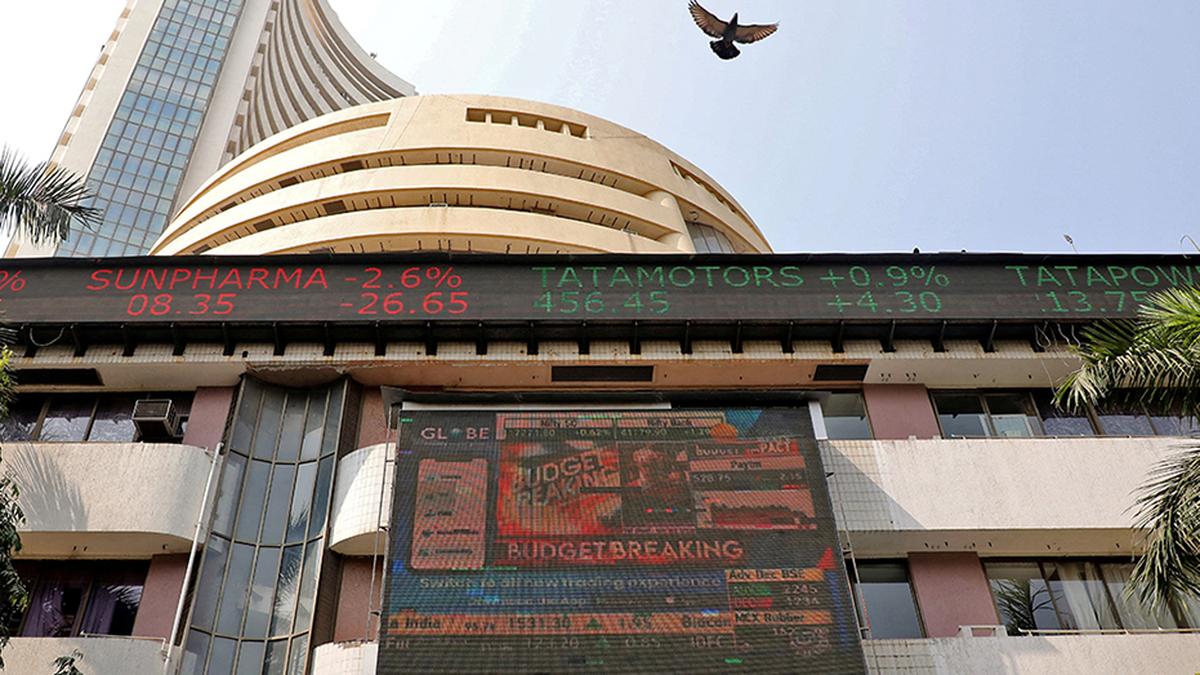


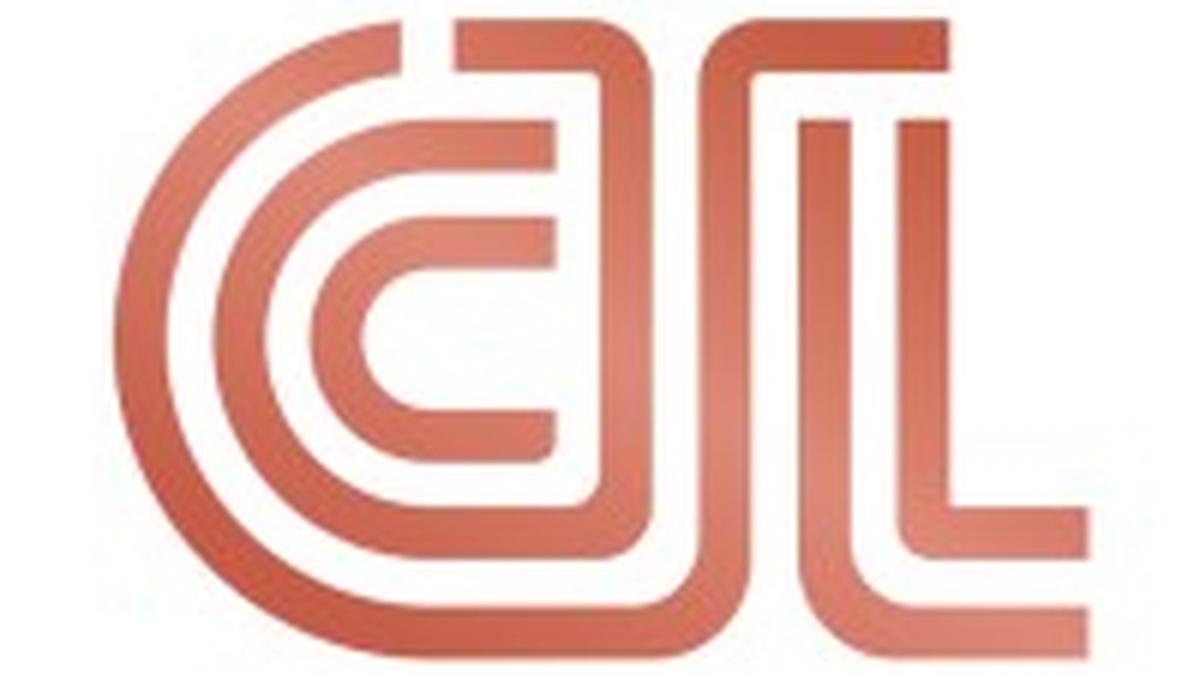
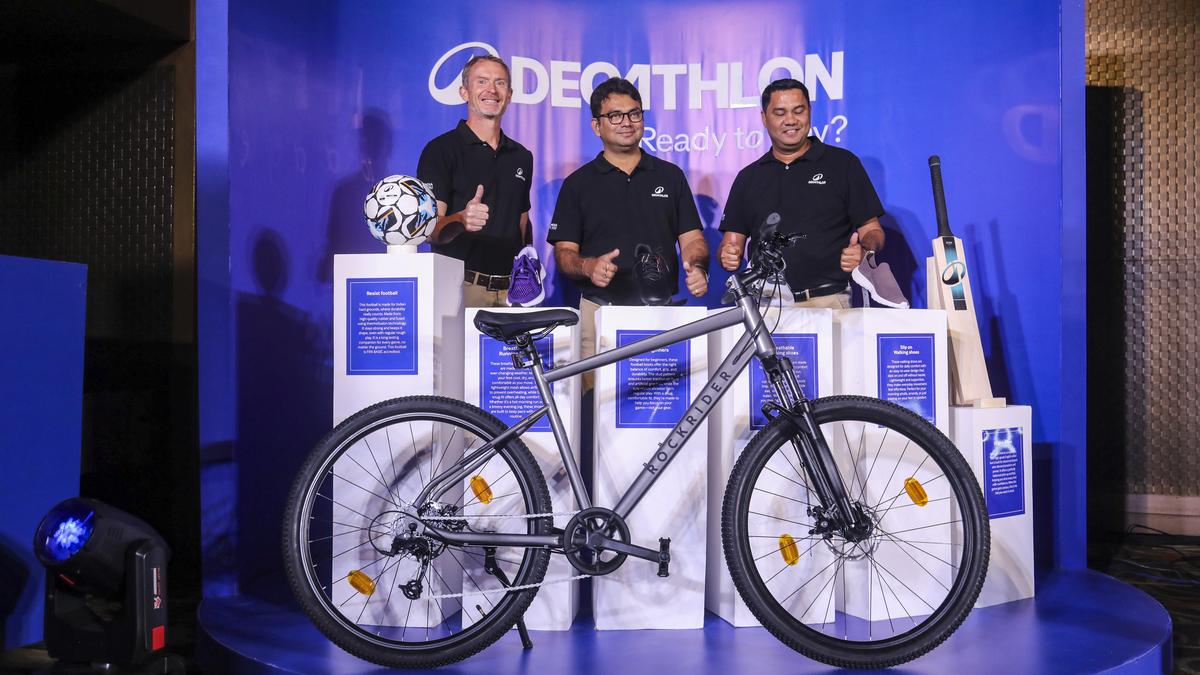












































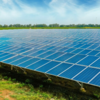
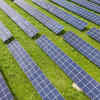
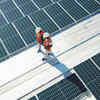





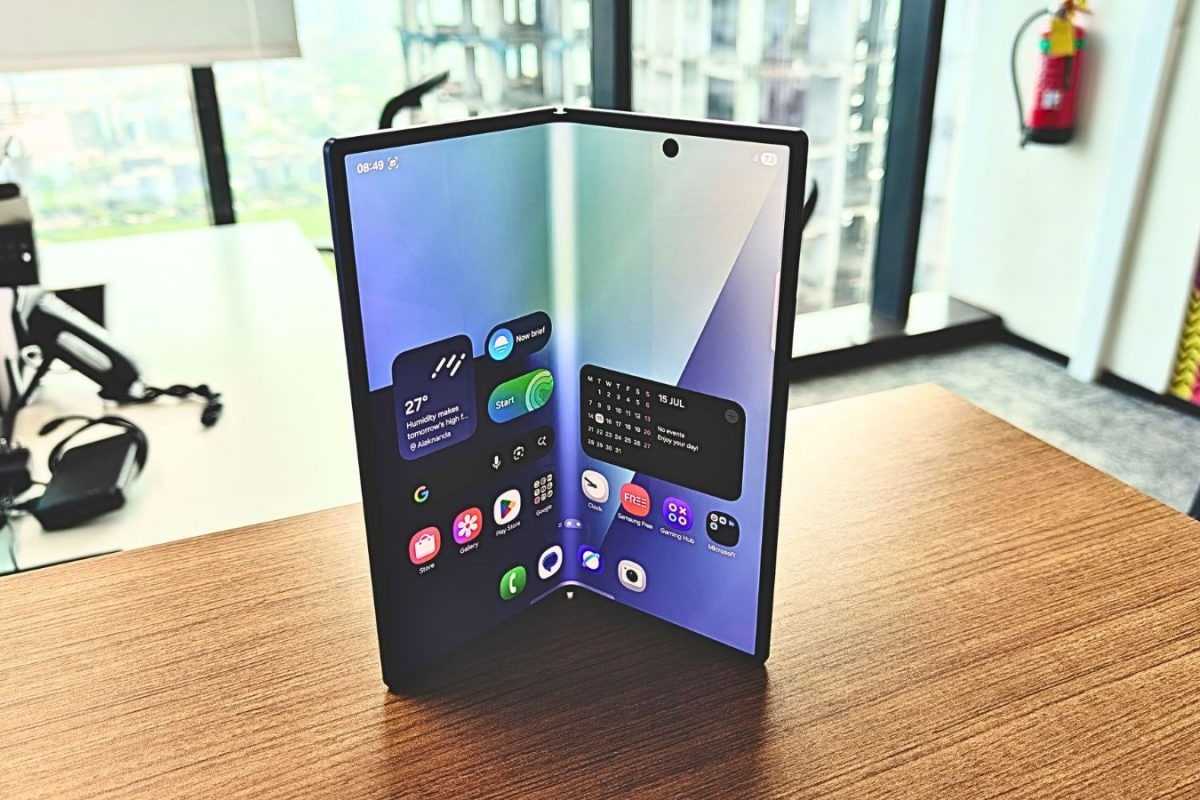
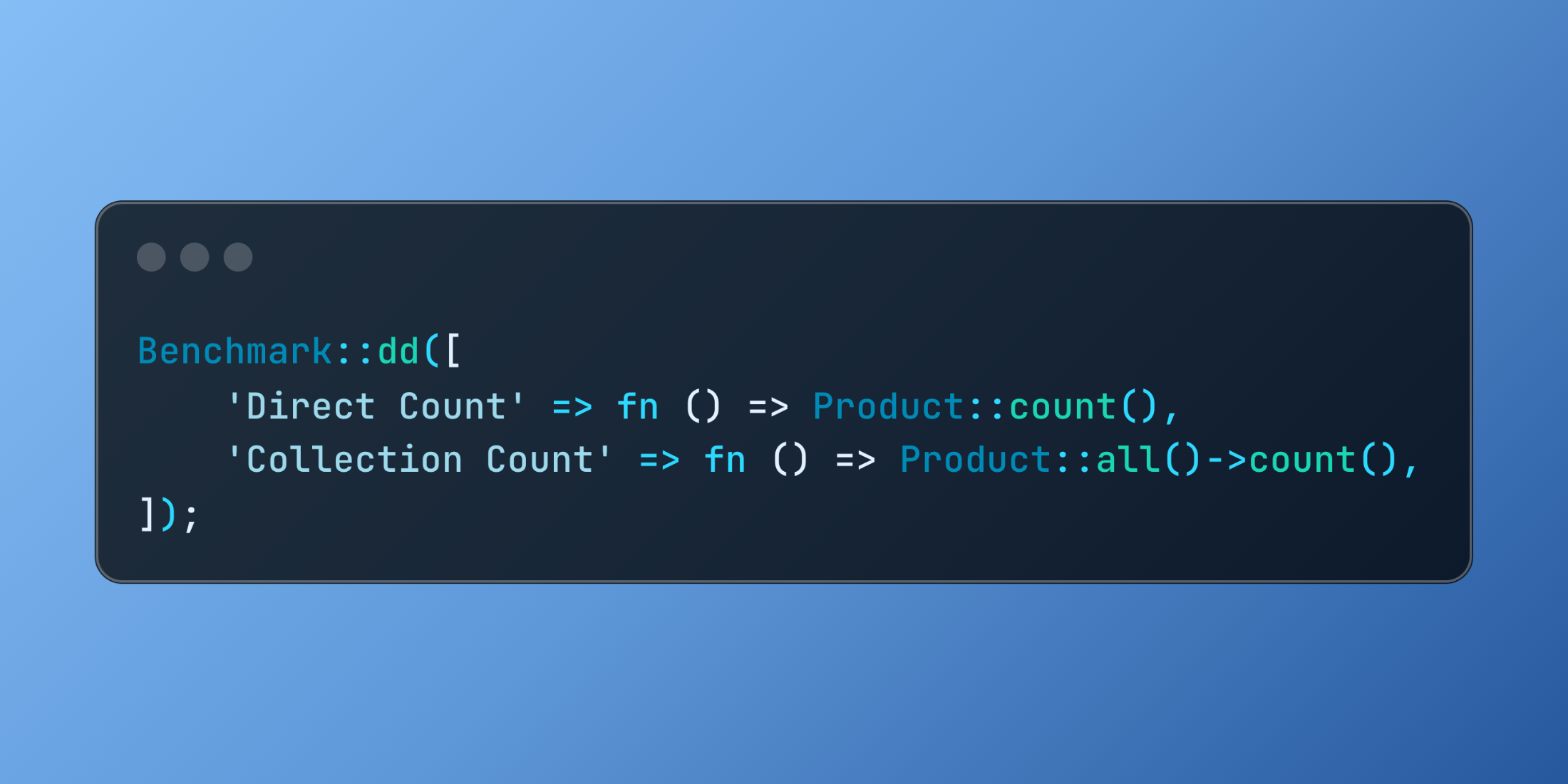
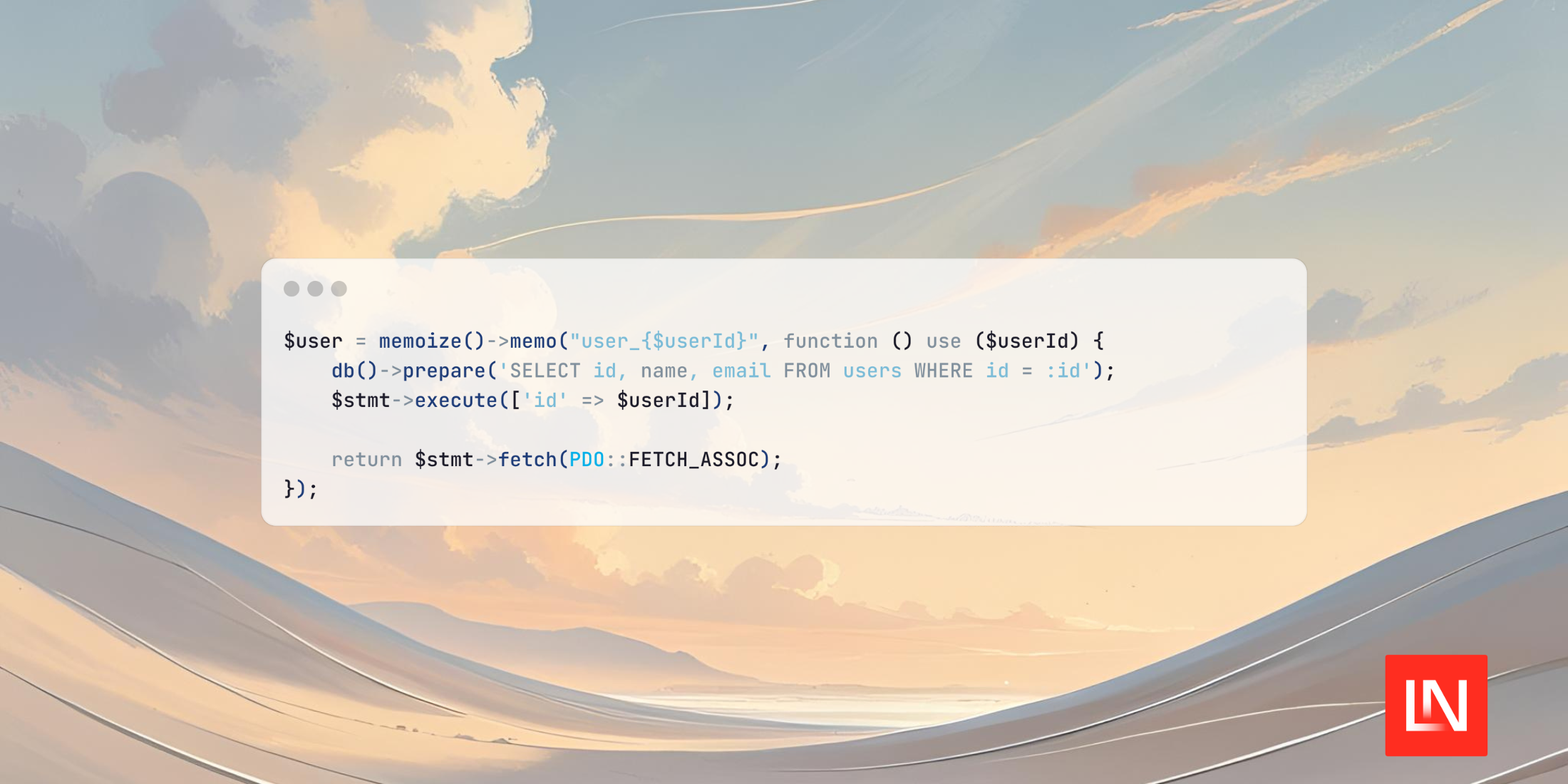
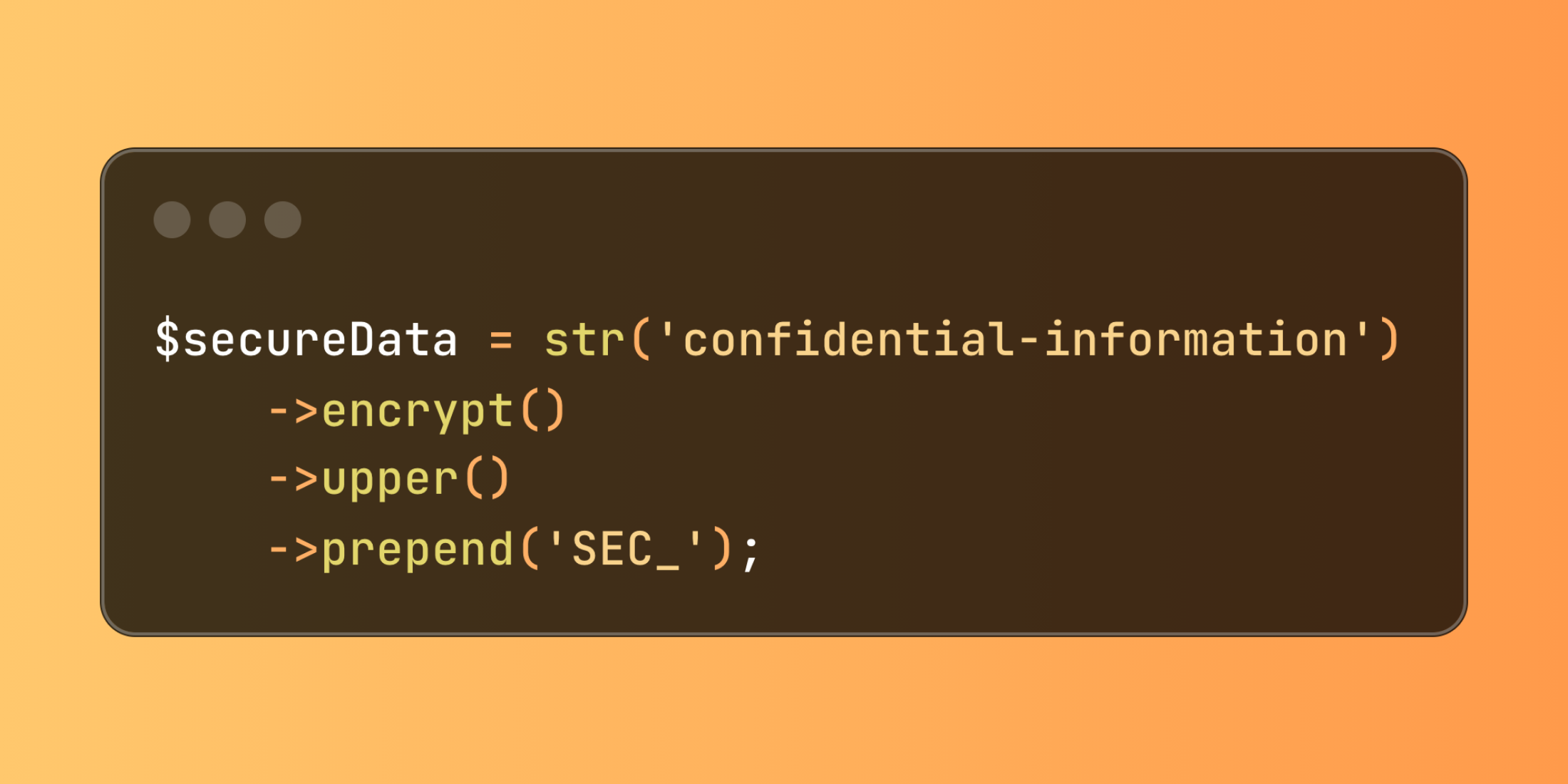







.svg)






